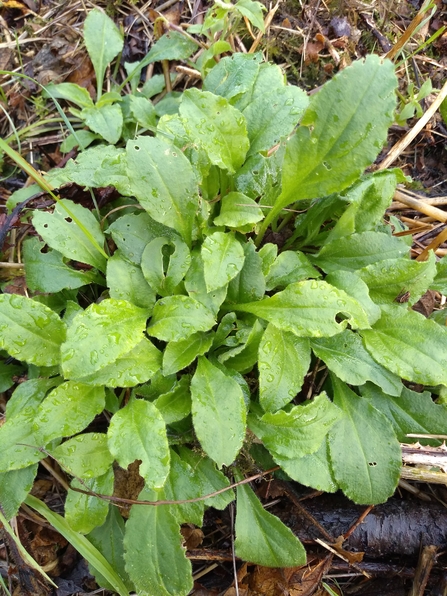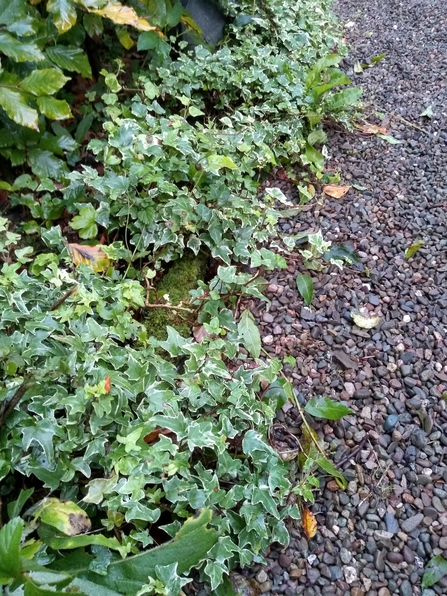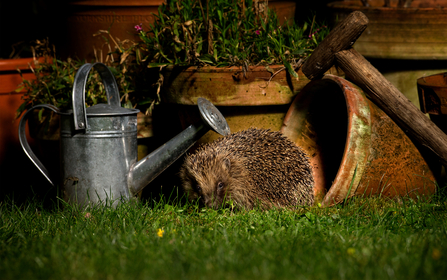I just recall it was many years ago and in fact in an urban setting. The hedgehog scurried across a car park and rested under a Pyracantha hedge.
Unfortunately, my only more recent sightings were a couple of hedgehogs in country lanes that had been obviously hit by cars. I gently lifted them into the growth of the hedges to let nature take its course.
Without going into all of the individual statistics we really are in a sorry state in terms of wildlife, bees, butterflies, and bats - not to mention wild flowers. And without wishing to stand on one’s soap box, we as nature lovers, and those who care about the environment have to keep trying to do our very best. Any effort, no matter how small all helps.
Hedgehogs are in decline due to intensive agriculture, badger predation, and in some cases careless gardening practises!
I long to see a hedgehog and always garden with them in mind. The statistics from The Hedgehog Preservation Society estimate about a third of the population has been lost since the turn of the millennium. An estimated population is left of 1 million in the UK.
I am currently in the process of restoring an old orchard into a haven for wildlife and wildflowers, and so my current vision is looking forward to how this area can really start to look special from next spring onwards. Without digressing too much from the focus of hedgehogs in mind, there is an abundance of the wild flower red campion. The foliage which is now breathing back into life as I rake away the strimmed sward of debris that was swamping them.











